
Learn how to install Apache Guacamole on RHEL 9 or CentOS 9 using Ansible roles for automated, secure, and efficient remote desktop access. Step-by-step guide
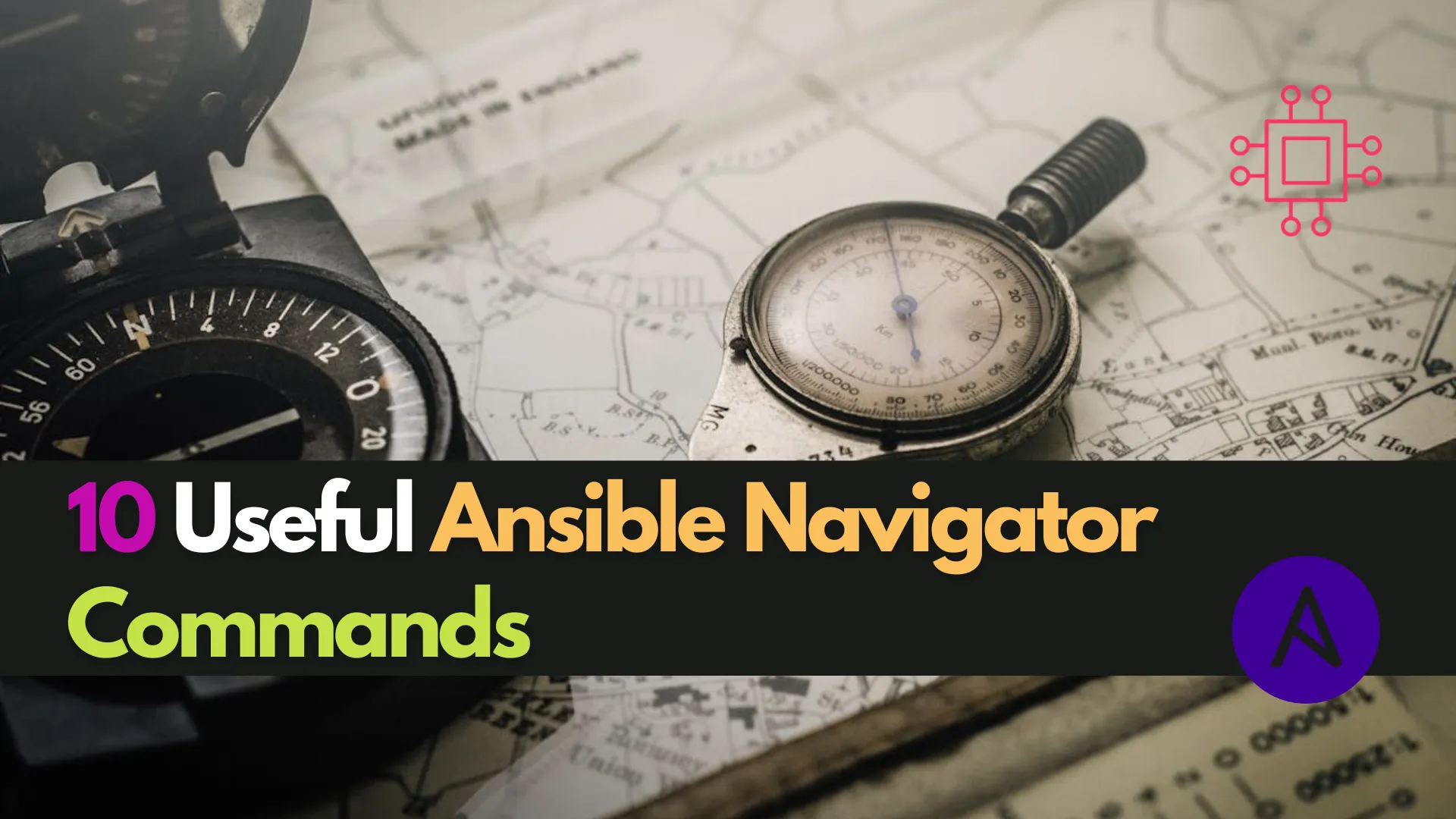
Discover 10 essential Ansible Navigator commands that can optimize your automation workflow, manage playbooks, and improve system performance. Learn tips and examples to enhance your Ansible experience.
Ansible Navigator is an essential tool for managing automation workflows in your infrastructure. It provides a more intuitive way to work with Ansible, especially for those who want to interact with playbooks, inventories, and roles using a flexible command-line interface (CLI). In this blog post, we’ll walk through 10 useful Ansible Navigator commands that can help you automate and manage systems efficiently.
By the end of this article, you’ll have a deeper understanding of Ansible-Navigator and how you can leverage it to improve your automation practices.
Ansible-Navigator is an enhanced interface that complements traditional Ansible CLI. It allows users to execute, monitor, and manage Ansible automation projects with greater flexibility. Whether you are managing multiple playbooks, working with collections, or running workflows, Ansible-Navigator simplifies many tasks.
Key Features of Ansible Navigator |
Let’s dive right into the 10 useful Ansible Navigator commands you’ll likely use daily to boost your productivity.
1. |
Purpose: The run command is the starting point for executing an Ansible playbook or workflow in Ansible Navigator. It automates systems using the specified playbook.
Syntax:
ansible-navigator run [playbook.yml]
Example:
ansible-navigator run site.yml
This command runs the site.yml playbook and displays its output.
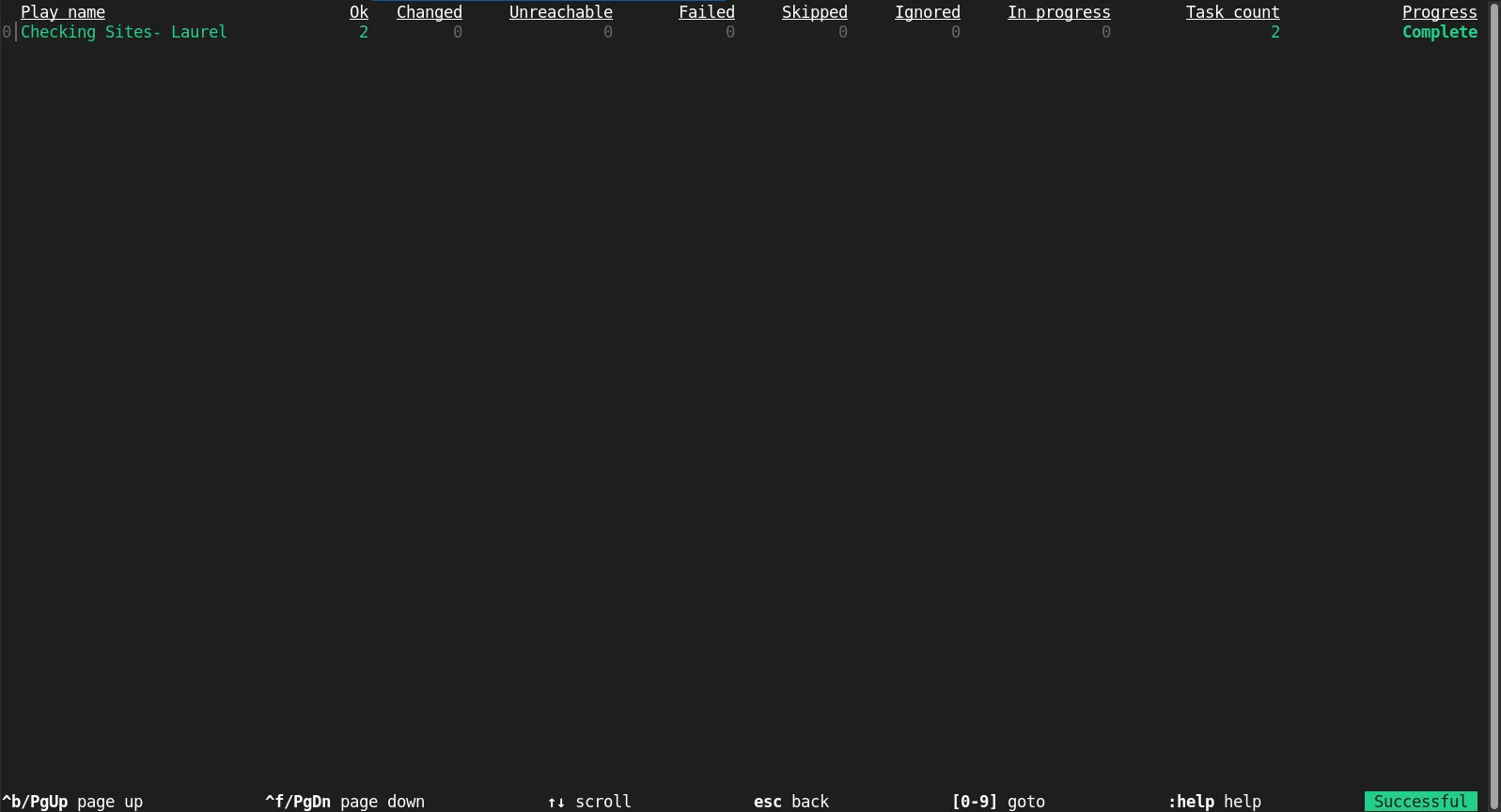
Photo by admingeek from Infotechys
2. |
Purpose: Use this command to list the inventory used by Ansible. It can show the current hosts and groups defined in your inventory.
Syntax:
ansible-navigator inventory [flag] /path/to/inventory_file
Example:
ansible-navigator inventory -i inventory/inventory.yml
This allows the user to browse the inventory infrastructure used within the execution environment.
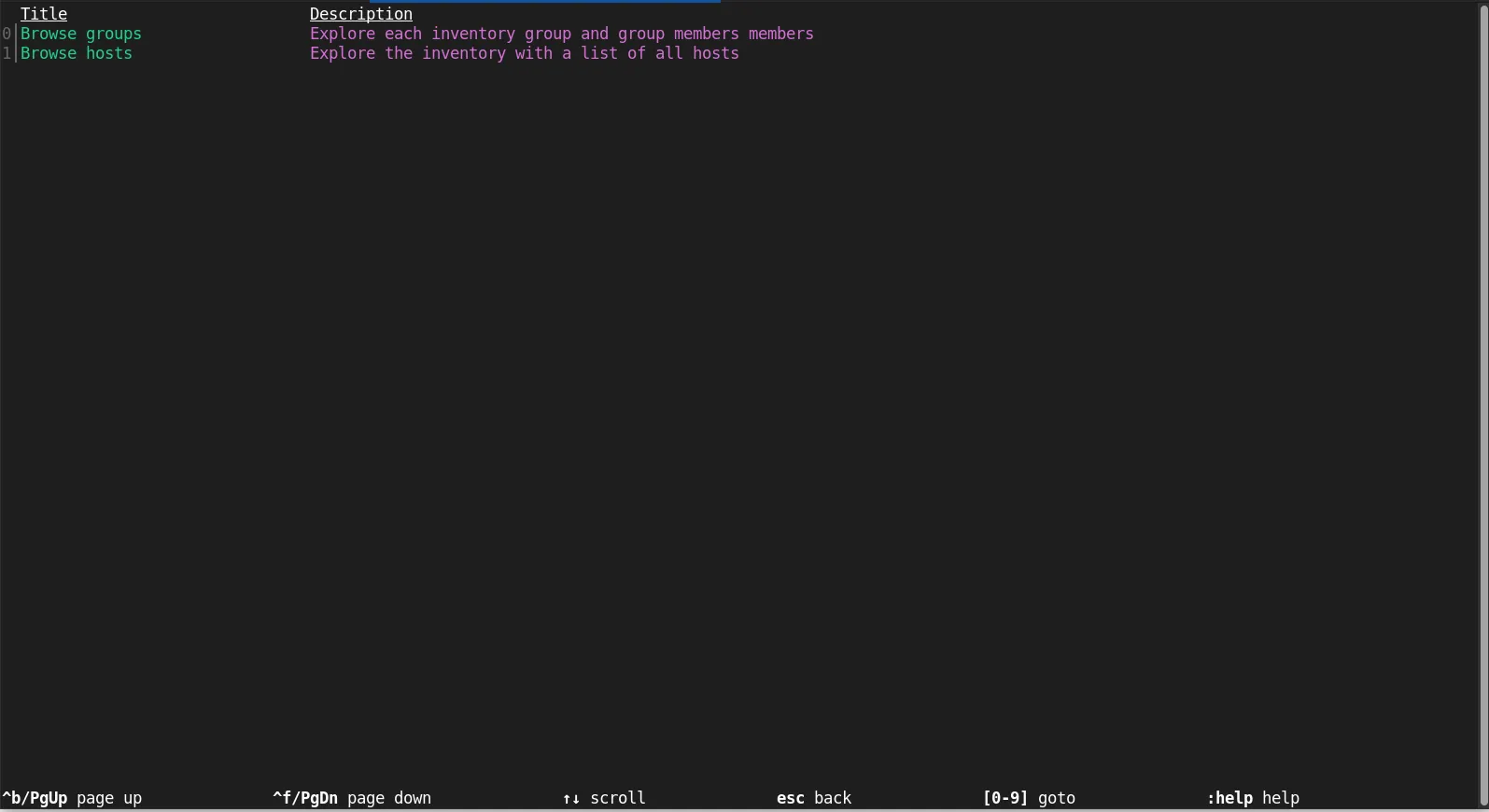
Photo by admingeek from Infotechys
3. |
Purpose: This command helps you interact with Ansible collections, allowing you to list installed collections or add/remove them.
Syntax:
ansible-navigator collections
Example:
ansible-navigator collections list
This will show all the collections currently available for use in your environment.

Photo by admingeek from Infotechys
4. |
Purpose: The ansible-navigator lint command analyzes a playbook for syntax errors or potential issues and reports them back in the terminal. It helps ensure that the playbook adheres to best practices and is free of common mistakes before execution.
Syntax:
ansible-navigator lint [path/to/playbook.yml]
Example:
ansible-navigator lint my_playbook.yml
This command checks the my_playbook.yml for any syntax errors and reports the findings in the terminal.
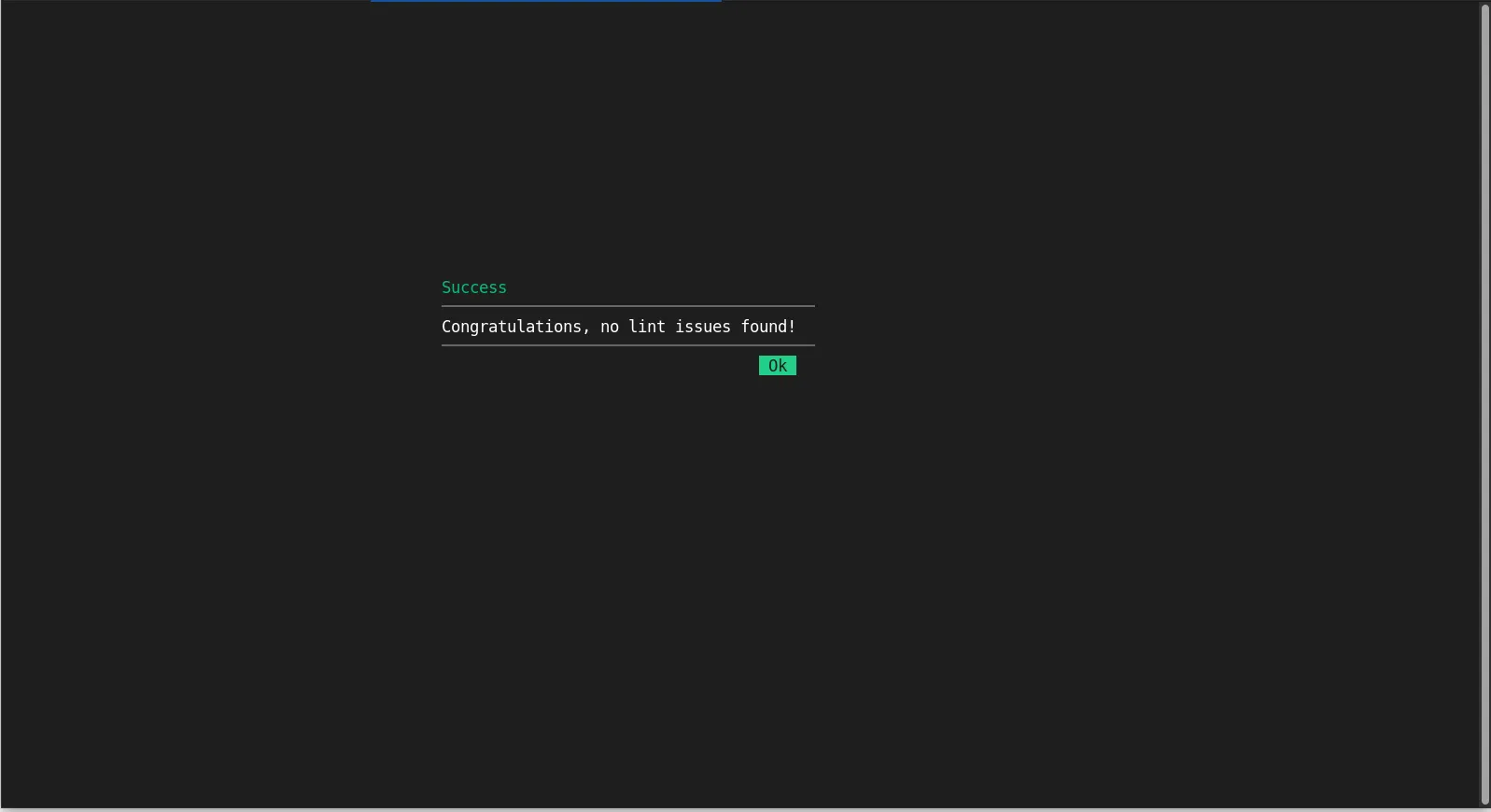
Photo by admingeek from Infotechys
5. |
Purpose: The ansible-navigator config command allows users to view and modify the configuration settings of Ansible Navigator. It provides an interface to adjust various options to tailor the tool’s behavior to specific needs or environments.
Syntax:
ansible-navigator config [options]
Example:
ansible-navigator config
This allows the user to choose from a wide range of configuration options to customize Ansible Navigator according to personal preferences or specific environment requirements.
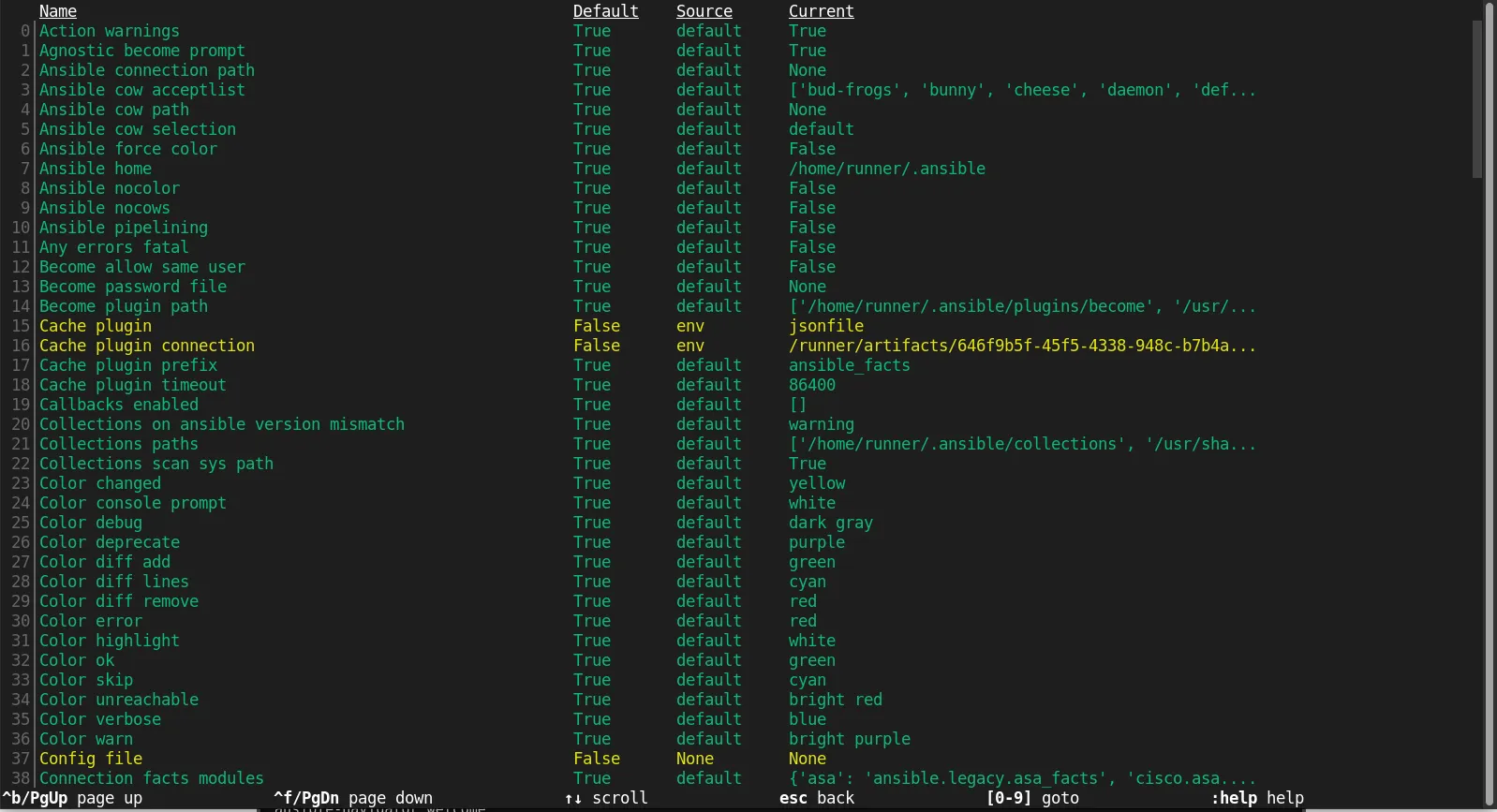
Photo by admingeek from Infotechys
6. |
Purpose: The ansible-navigator welcome command provides an introductory overview and displays key information about Ansible Navigator. It serves as a helpful starting point for users, offering guidance on how to get started with the tool and its features.
Syntax:
ansible-navigator welcome
Example:
ansible-navigator welcome
The output will list some useful commands to try.
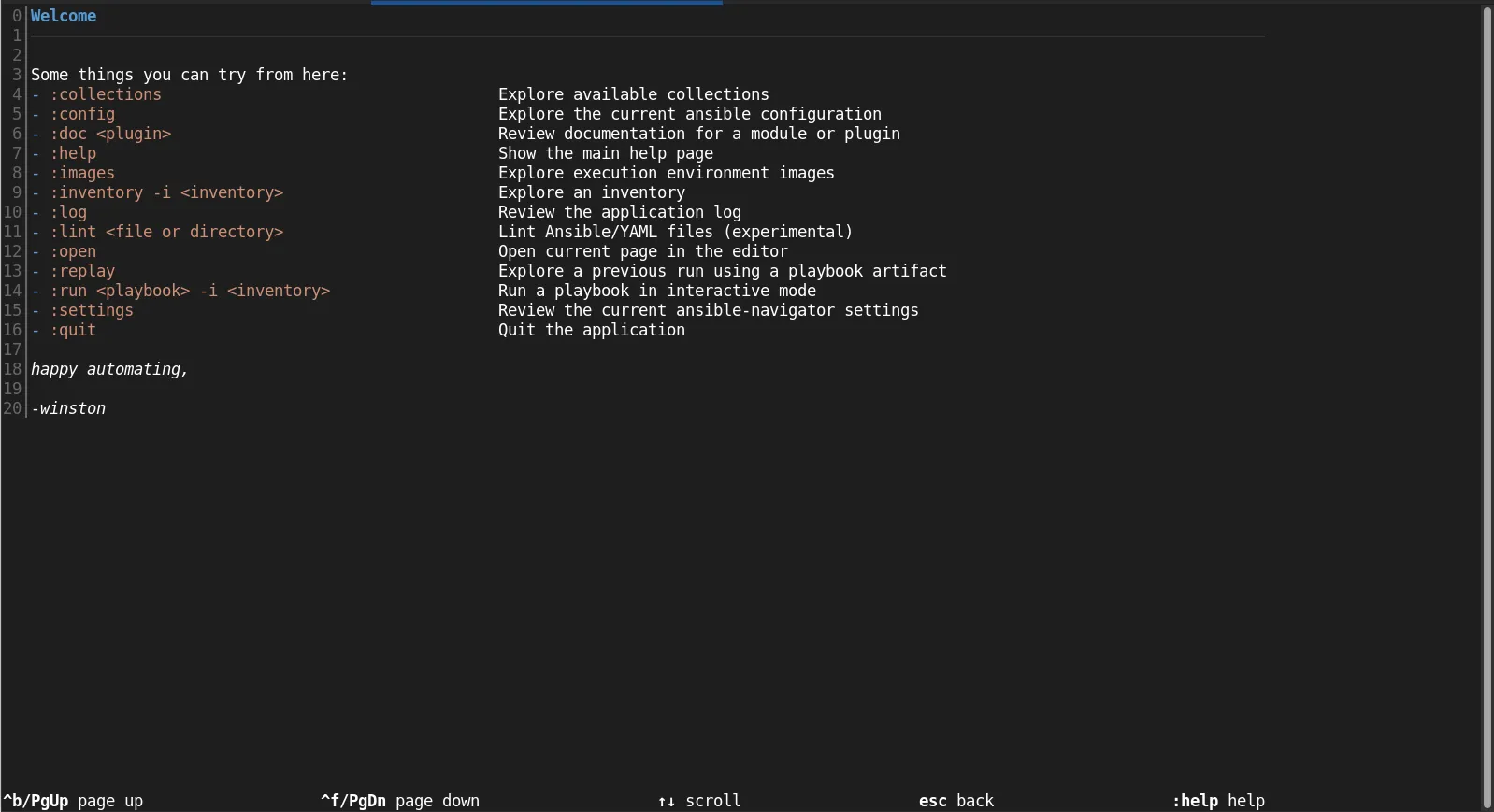
Photo by admingeek from Infotechys
7. |
Purpose: The ansible-navigator replay command allows users to re-run a previously executed playbook using an artifact file. It enables you to replay a playbook’s execution, making it easier to troubleshoot or reproduce outcomes from past runs.
Syntax:
ansible-navigator replay <artifact_json_file>
Example:
ansible-navigator replay my_playbook-artifact-2025-02-07T06\:47\:33.297274+00\:00.json
This will replay a previously executed playbook based on the information in the artifact JSON file: my_playbook-artifact-2025-02-07T06:47:33.297274+00:00.json.
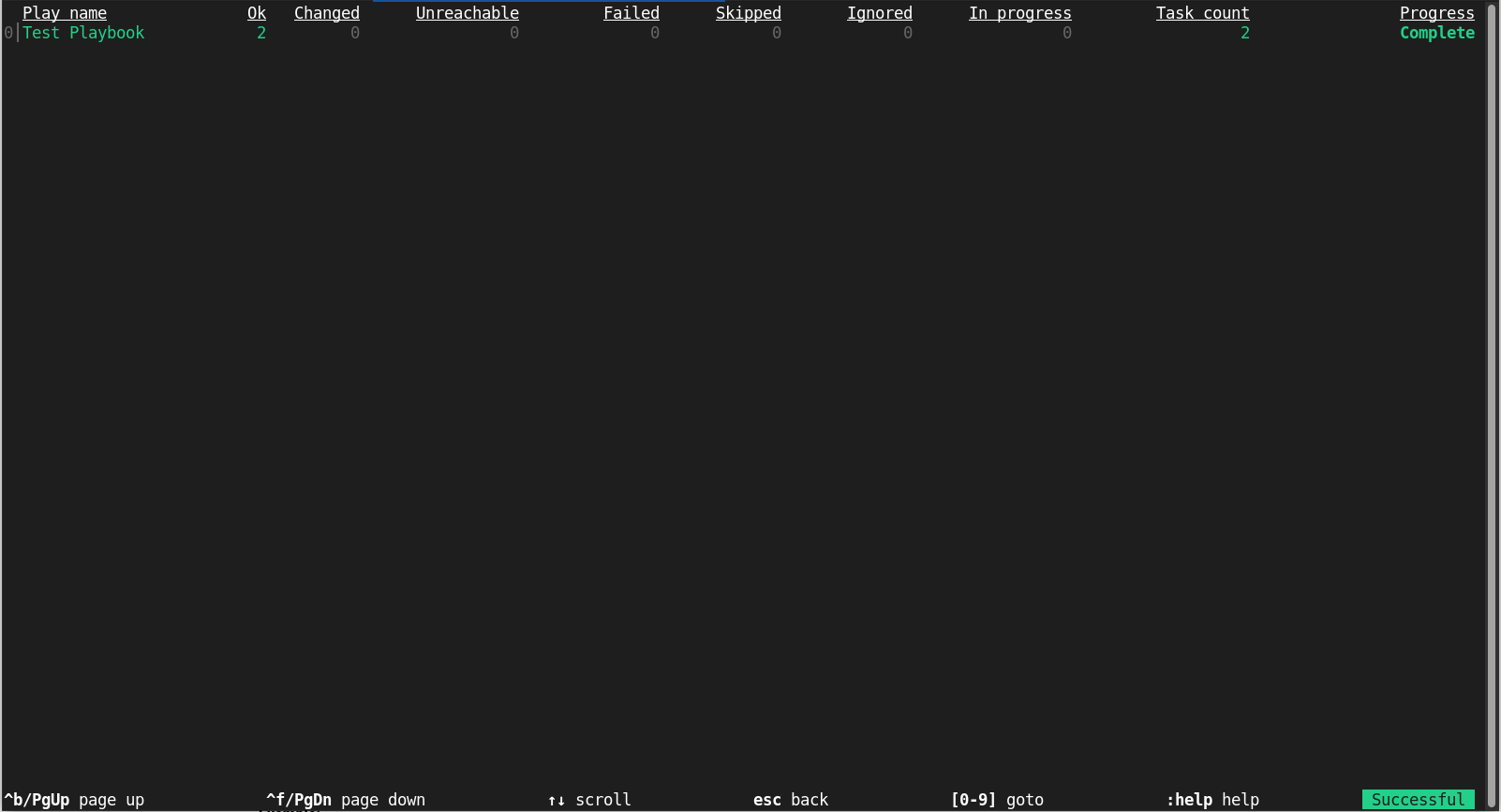
Photo by admingeek from Infotechys
8. |
Purpose: The docs command allows you to access documentation for various Ansible modules, roles, and playbooks.
Syntax:
ansible-navigator doc <module>
Example:
ansible-navigator doc ansible.builtin.ping
This will show the documentation for the ping module.
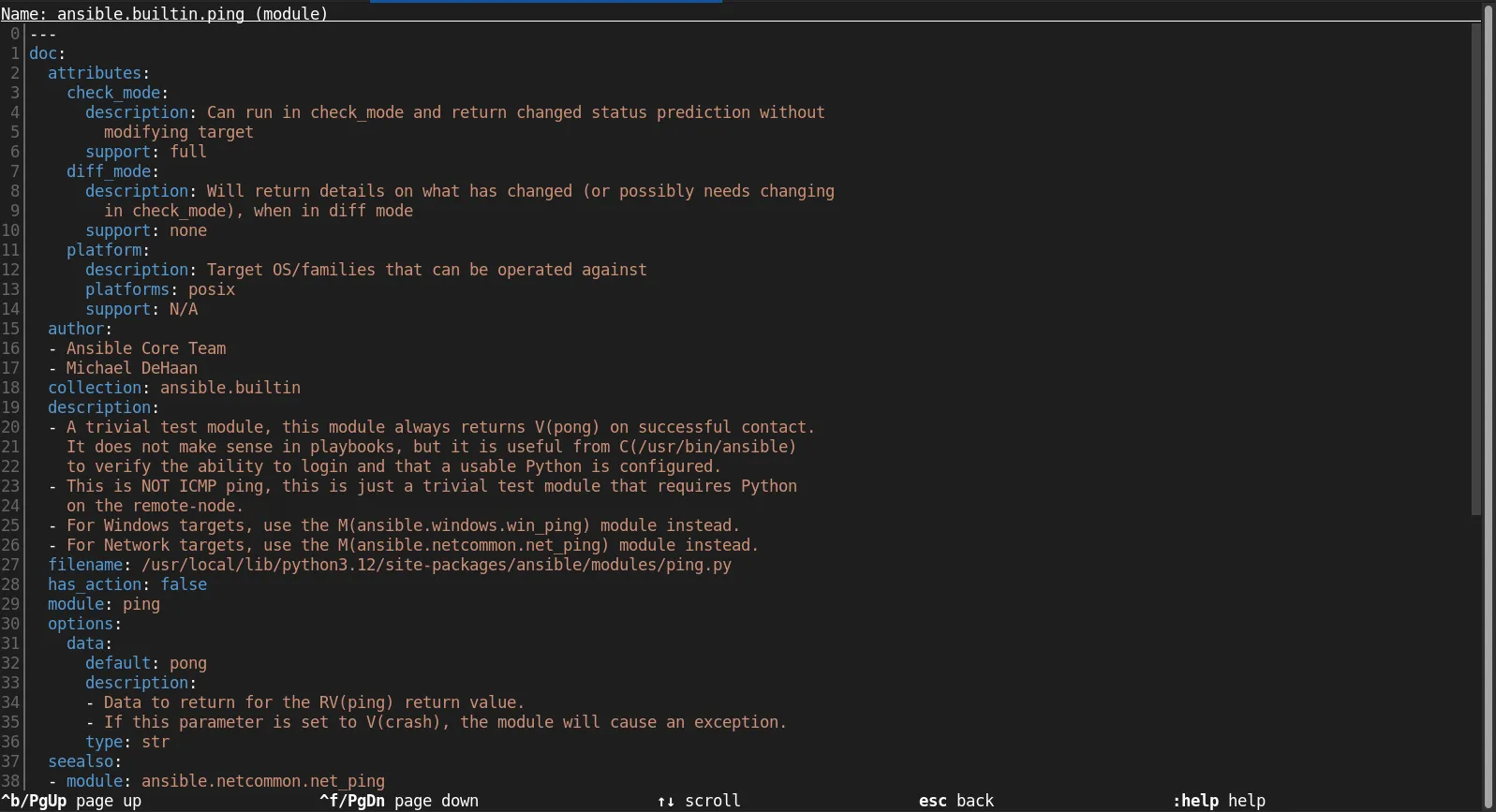
Photo by admingeek from Infotechys
9. |
Purpose: The ansible-navigator images command allows users to view and manage Docker images used by Ansible Navigator. It provides a way to inspect and list the available images, helping users manage their containerized execution environments.
Syntax:
ansible-navigator images
Example:
ansible-navigator images list
This will display a list of the Docker images associated with Ansible Navigator, showing details such as image names and tags. If you’re working with containerized environments, this command can help you manage and view your images.
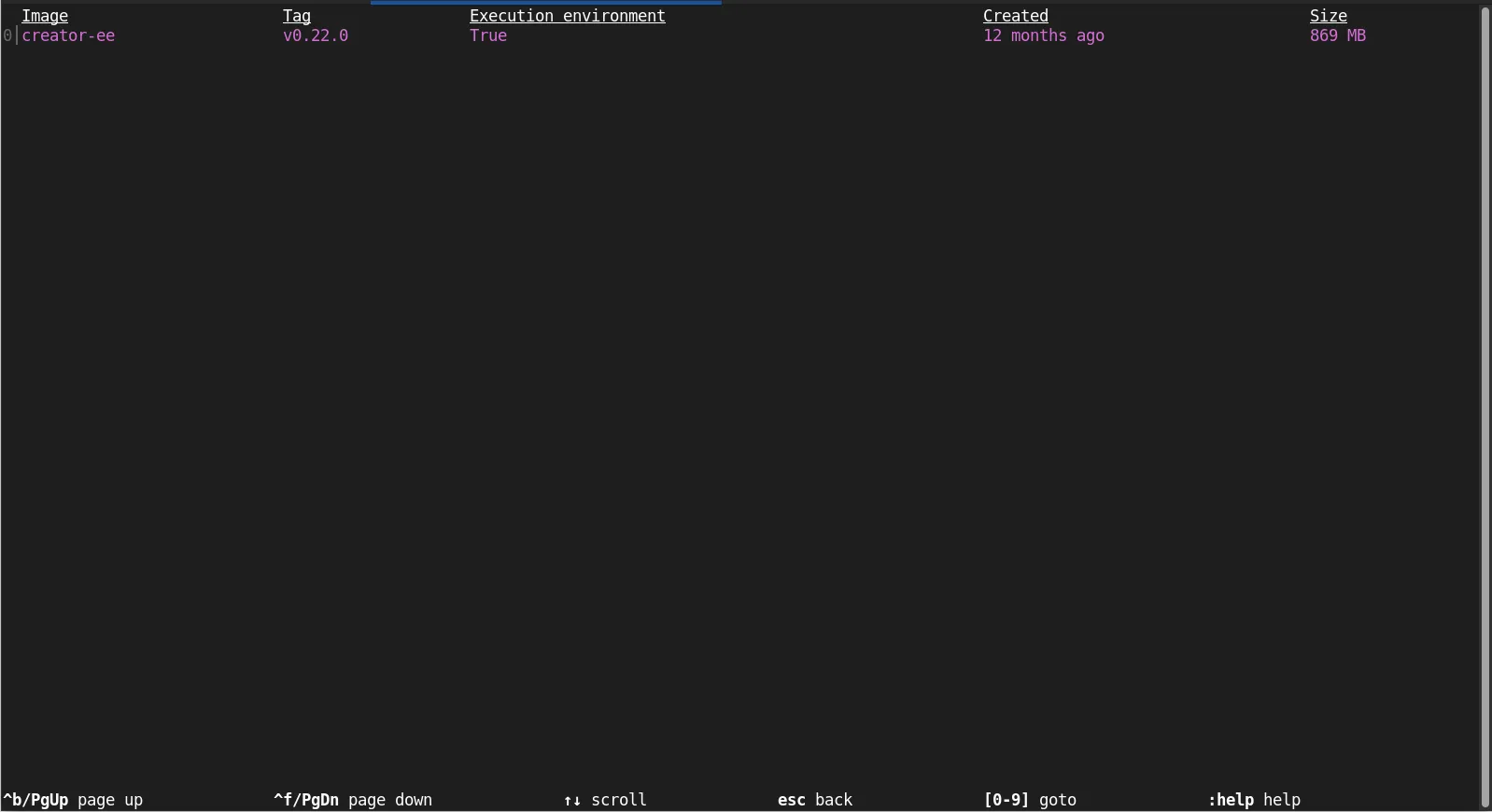
Photo by admingeek from Infotechys
10. |
Purpose: The ansible-navigator settings command allows users to view and modify the configuration settings for Ansible Navigator. It provides an interface to manage preferences related to the tool’s behavior, such as logging, execution modes, and other customization options.
Syntax:
ansible-navigator settings
Example:
ansible-navigator settings
This will display a list of various configuration settings for Ansible Navigator.

Photo by admingeek from Infotechys
These 10 Ansible Navigator commands are essential for improving your efficiency when working with automation playbooks. From running playbooks and managing inventories to gathering system facts and validating playbook syntax, Ansible Navigator makes managing automation easier and more intuitive.
By incorporating these commands into your workflow, you can boost your productivity, reduce errors, and enhance your system management practices.
Did you find this article useful? Your feedback is invaluable to us! Please feel free to share this post!!

Learn how to install Apache Guacamole on RHEL 9 or CentOS 9 using Ansible roles for automated, secure, and efficient remote desktop access. Step-by-step guide

Learn how to install MySQL 8.4 on CentOS 9 using Ansible roles for automation, scalability, and repeatability. This step-by-step guide ensures a secure and efficient

Learn how to install Ansible Navigator on CentOS 9 Stream in this comprehensive guide. Step-by-step instructions, troubleshooting tips, and configuration examples provided. Table of Contents
